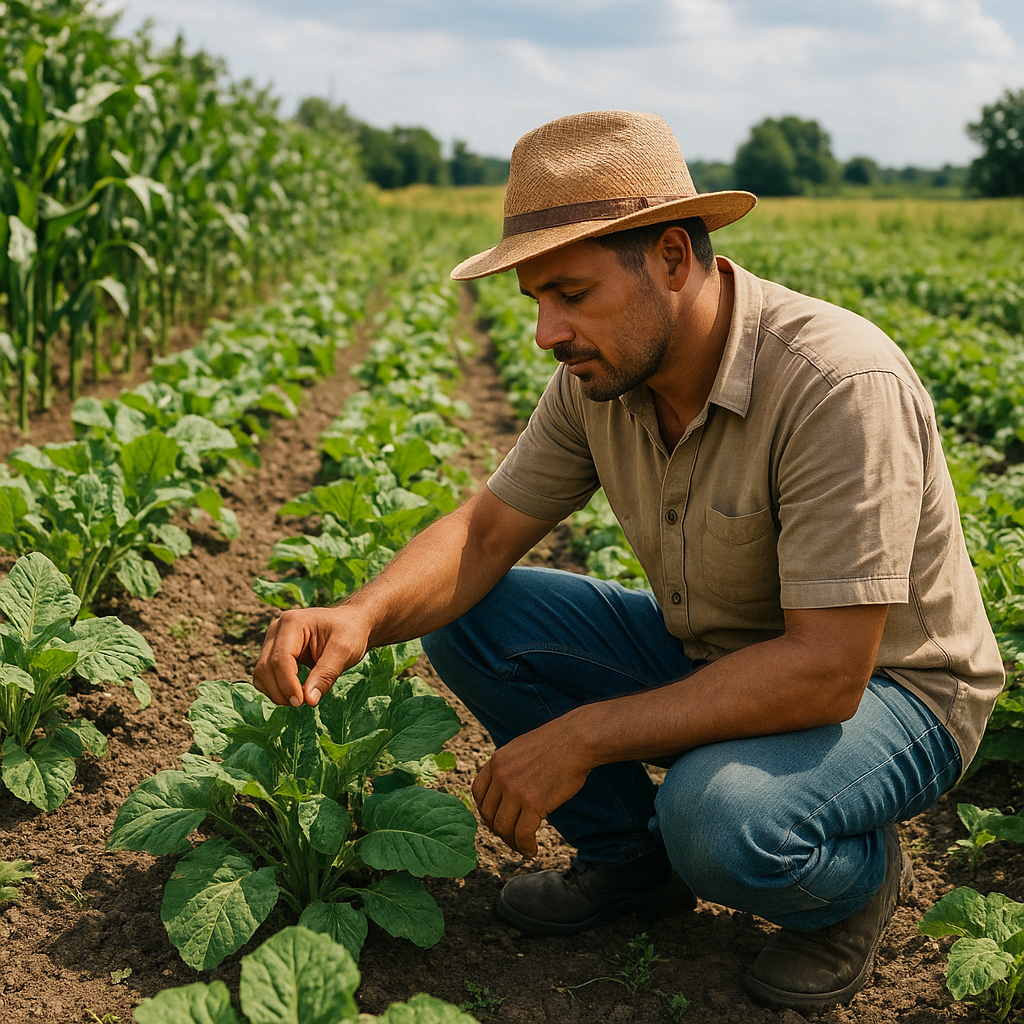
Maintaining biodiversity on a mixed-use farm is a crucial aspect of sustainable agriculture that ensures the health of ecosystems and the productivity of the land. Biodiversity refers to the variety of life in a particular habitat or ecosystem, and on a farm, it includes everything from the microorganisms in the soil to the plants and animals that inhabit the area. A diverse ecosystem is more resilient to changes and stresses, such as climate change, pests, and diseases. This article explores strategies for promoting biodiversity on mixed-use farms, which combine crop production, livestock, and sometimes forestry, to create a balanced and sustainable agricultural system.
Understanding the Importance of Biodiversity
Biodiversity is essential for the stability and resilience of ecosystems. It provides a range of ecosystem services that are vital for agricultural productivity and environmental health. These services include pollination, pest control, nutrient cycling, and soil formation. A diverse ecosystem can better withstand environmental changes and recover from disturbances, such as extreme weather events or pest outbreaks.
On a mixed-use farm, biodiversity can enhance productivity by improving soil health, increasing crop yields, and reducing the need for chemical inputs. Diverse plant species can improve soil structure and fertility, while a variety of animal species can help control pests and diseases. Additionally, biodiversity can provide economic benefits by supporting a range of agricultural products and services, such as honey production, agro-tourism, and the sale of organic produce.
Strategies for Enhancing Biodiversity on Mixed-Use Farms
Integrating Crop and Livestock Systems
One effective strategy for enhancing biodiversity on a mixed-use farm is to integrate crop and livestock systems. This approach can create a more balanced and sustainable agricultural system by promoting nutrient cycling and reducing the need for external inputs. For example, livestock can graze on cover crops or crop residues, providing natural fertilization and weed control. In turn, the crops can benefit from the nutrients returned to the soil by the animals.
Rotational grazing is another practice that can enhance biodiversity. By rotating livestock through different pastures, farmers can prevent overgrazing and allow plant species to recover and thrive. This practice can also promote a diverse range of plant species, which can provide habitat and food for a variety of wildlife.
Implementing Agroforestry Practices
Agroforestry, the integration of trees and shrubs into agricultural landscapes, is another effective strategy for promoting biodiversity. Trees and shrubs can provide habitat for wildlife, improve soil health, and enhance water retention. They can also act as windbreaks, reducing soil erosion and protecting crops from harsh weather conditions.
Agroforestry practices, such as alley cropping, silvopasture, and riparian buffers, can create a more diverse and resilient farm ecosystem. Alley cropping involves planting rows of trees or shrubs between rows of crops, providing shade and shelter for crops and wildlife. Silvopasture combines trees with livestock grazing, offering shade and forage for animals while enhancing biodiversity. Riparian buffers, which are vegetated areas along waterways, can protect water quality and provide habitat for aquatic and terrestrial species.
Promoting Native Species and Habitats
Encouraging the growth of native plant species and preserving natural habitats can significantly enhance biodiversity on a mixed-use farm. Native plants are adapted to local conditions and can provide food and habitat for native wildlife. They can also improve soil health and reduce the need for chemical inputs, as they are often more resistant to pests and diseases.
Farmers can promote native species by planting native hedgerows, wildflower strips, and cover crops. These practices can provide habitat for pollinators, beneficial insects, and other wildlife, while also improving soil health and reducing erosion. Preserving natural habitats, such as wetlands, woodlands, and grasslands, can also support a diverse range of species and contribute to the overall health of the farm ecosystem.
Challenges and Considerations
While promoting biodiversity on a mixed-use farm offers numerous benefits, it also presents certain challenges. Farmers must balance the needs of different species and manage potential conflicts, such as competition for resources or predation. Additionally, implementing biodiversity-enhancing practices may require changes to traditional farming methods and involve additional costs and labor.
To overcome these challenges, farmers can seek support from agricultural extension services, conservation organizations, and government programs that offer technical assistance and financial incentives for biodiversity-friendly practices. Collaboration with other farmers and stakeholders can also facilitate the sharing of knowledge and resources, helping to create a more sustainable and resilient agricultural system.
Conclusion
Maintaining biodiversity on a mixed-use farm is a vital component of sustainable agriculture. By integrating crop and livestock systems, implementing agroforestry practices, and promoting native species and habitats, farmers can enhance the resilience and productivity of their farms. While challenges exist, the benefits of biodiversity for ecosystem health, agricultural productivity, and economic sustainability make it a worthwhile investment for the future of farming.

